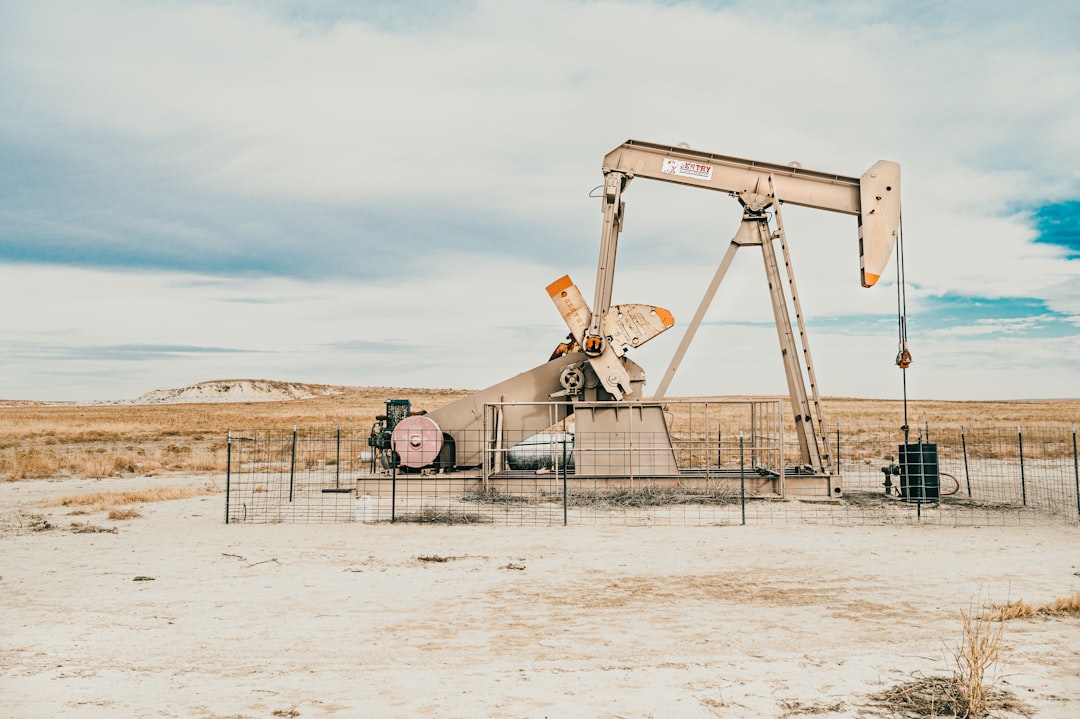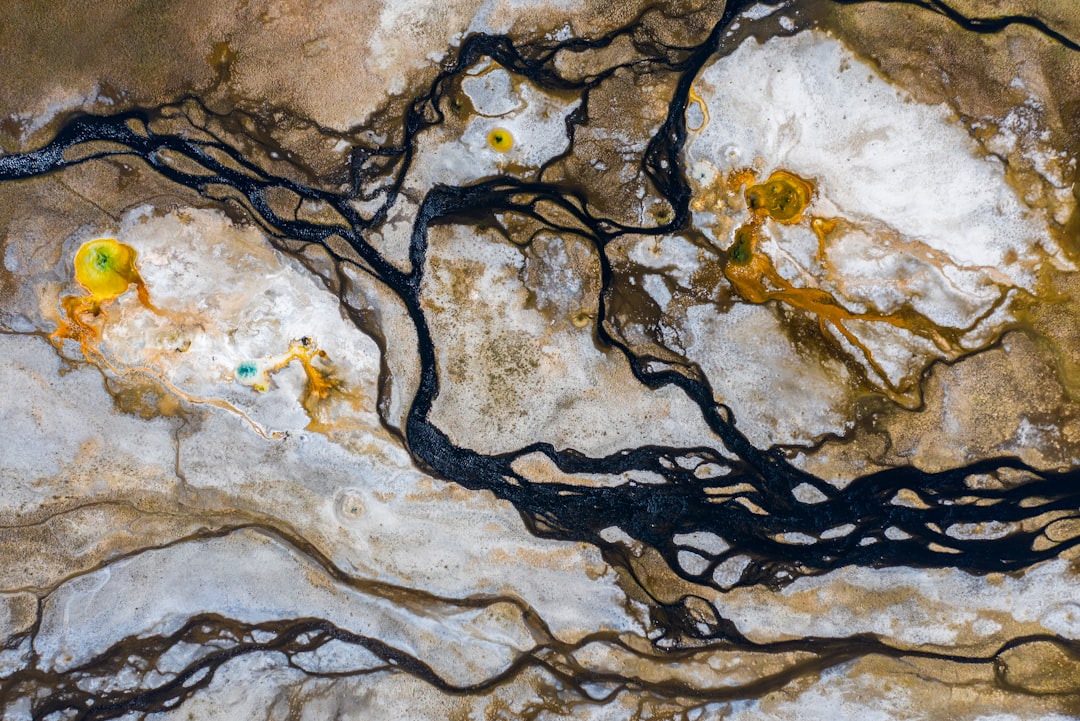What is it about?
This work focuses on the composition of a sediment core from Laguna Tuspan, which is located near archaeological remains of the Mayan civilization, especially those of the city of La Joyanca. The study of the fauna combined with clay analysis enabled to identify the sources of the material deposited in Laguna Tuspan.
Featured Image
Why is it important?
This study provides evidence for a strong change in the composition of the sediments, caused by an increase in soil erosion, as early as 3000 years BP (1050 BC), when the region around Laguna Tuspan was colonized only by small communities of farmers. Erosion decreased around 1281 years BP (661 AD), nearly 200 years before most cities of the region were abandoned by the Mayas. We here propose the hypothesis of a massive migration from the surroundings of the lake to the city of La Joyanca around 661 AD, based on decreased erosion and archaeological evidence for a decrease in the number of Mayan settlements close to Laguna Tuspan.
Perspectives
The outcome of this work demonstrates the potential of combined archaeological and sedimentological evidence to study the interactions between past civilizations and their environment. This kind of approach is especially useful to better understand the context of complex crises such as the one which impacted the Mayan civilization around 800 AD.
Dr Sophie Fleury
Hanyang University
Read the Original
This page is a summary of: Impacts of Mayan land use on Laguna Tuspán watershed (Petén, Guatemala) as seen through clay and ostracode analysis, Journal of Archaeological Science, September 2014, Elsevier,
DOI: 10.1016/j.jas.2014.05.032.
You can read the full text:
Contributors
The following have contributed to this page










